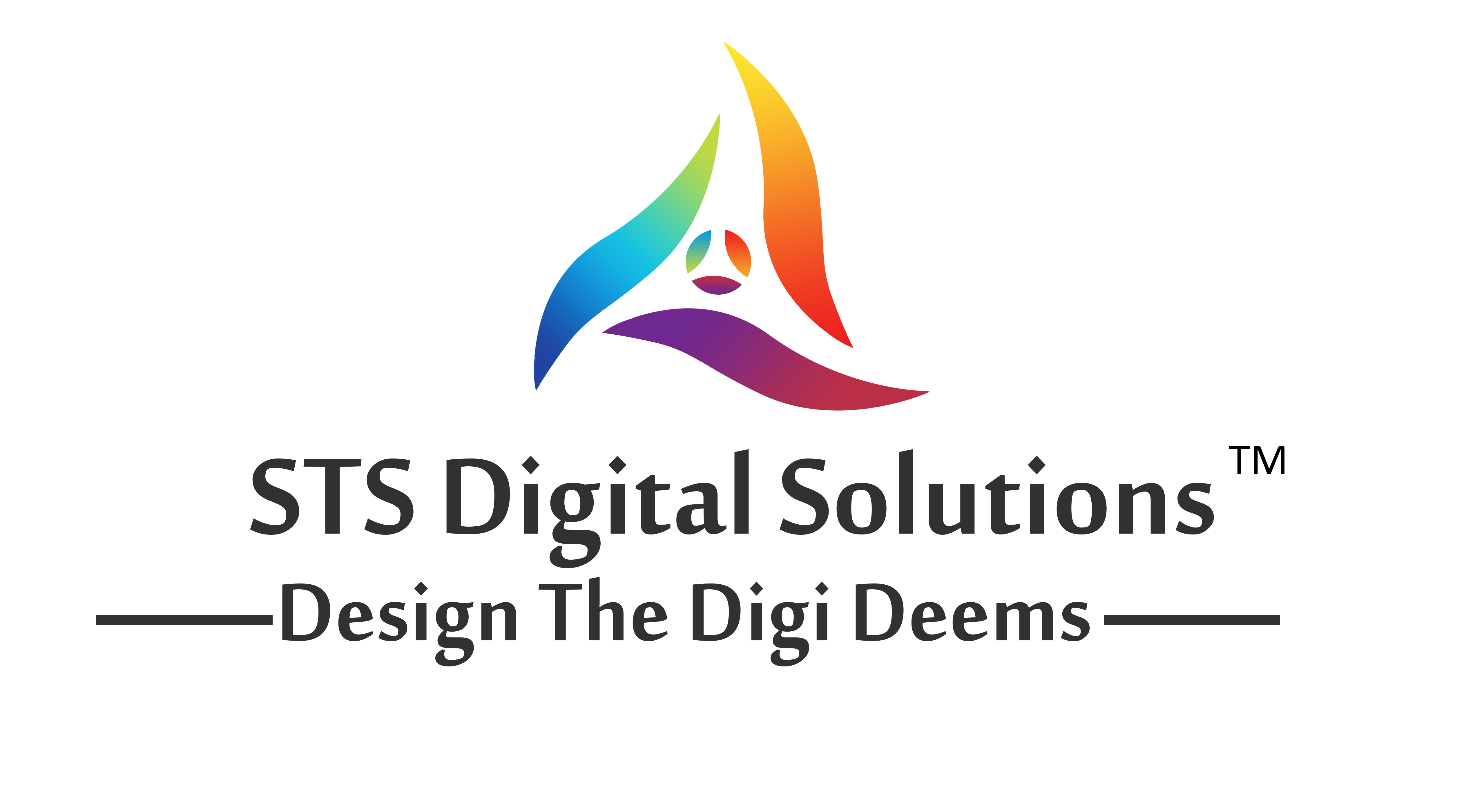Backend Development in 2025: Best Practices, Tools, and Technologies Explained

Why Backend Development is More Crucial Than Ever
In today's hyper-digital world, having a visually attractive website is not enough. There a high-performance applications, spontaneous data flow, and the development of safe user experiences. Whether you are launching a simple content site or building a strong e-commerce platform, the backend is a silent engine that runs your system efficiently.
What is Backend Development?
Backend Development refers to the server-side logic of the web application. This includes the writing of code that connects the frontend of your site (users who see) to the server, database, and internal logics (which users do not see). This ensures that data flows safely, questions are accurately processed, and users receive real-time reactions.
Major responsibilities include:
- Managing database interactions
- Authenticating and authorizing users
- Hosting APIs
- Processing business logic
- Ensuring data security
Without a skilled backend, even the most beautiful frontend becomes useless.

The Role of Backend in Modern Web Architecture
Today's websites are powered by complex architecture. The backend plays an important role:
- User Management (login, session, roles)
- Data handling (storage, updating, and getting data)
- Performance scaling (load balancing, caching, etc.)
- Real-time communication (chat, notifications)
- Safety implementation
As web apps become more dynamic, the backend must be suited for the service of millions of users on many platforms and devices.
Core Language and Framework in 2025
In 2025, backend developers will have access to a rich ecosystem of programming languages and frameworks. The most prominent people include:
- Node.js: Non-blocking, perfect for the JavaScript runtime, scalable API.
- Python: Ideal for rapid growth, startups, and ML integration with clean sentence composition.
- PHP: Still giving power to millions of CMS-operated websites.
- Java: Enterprise-grade apps requiring high performance and safety.
- NET (C#): Windows-based applications are widely used in the corporate sector.
- Go: Microservices is known for speed, consistency, and simplicity.
These frameworks are complemented by ecosystems and equipment that support tests, security, CI/CDs, and documentation.
Database: Structured vs. Unstructured Approaches
Backend development requires efficient data storage and retrieval. The choice of database greatly affects performance.
Structured database:
- MySQL
- PostgreSQL
- Oracle
Best for transaction systems such as CRM, ERP systems, and payment processing platforms.
Unstructured (NoSQL) Databases:
- MongoDB
- Firebase
- Cassandra
Ideal for real-time apps, analytics, and scalable data with flexible schemas.
Developers often use a hybrid (polyglot) approach to take advantage of both worlds' best.
API-First Development and Microservices
With mobile-first and multi-platform experience becoming an ideal, APIs are the lifeline of modern back-end architecture.
- RESTful APIs allow communication over HTTP using standard methods.
- GraphQL simplifies the introduction of data, which requires the clients to query.
- The gRPC protocol is efficient for microservice-based communication using buffers.
Microservices break monolithic backends into small, self-contained services, increase mistake tolerance, and simplify scaling. This modularity is important in today's development.

Security Best Practices in Backend Development
Data breaches and cyberattacks are real threats. Back-end developers should give priority to security from day one:
- Use hashing and encryption: Protect sensitive data such as passwords and payment details.
- Sanitize Input: Stop SQL injection and cross-site scripting (XSS).
- Apply the Role-Based Access Control (RBAC): Only authorized users have access to some resources.
- Safe API with Tokens: Use JWT or OAuth2 for session-cum authentication.
- Regular Updates: Patch weaknesses and security audit frequently
Safe backend systems maintain the user trust and protect business integrity.
Performance Optimization and Scalability
The growing user demands should be handled without crashing or slowing the backend system. The best practices include:
- Load Balancing: Distribute traffic to many servers.
- Caching: Use Redis or Memcached to store frequently accessed data.
- Asynchronous processing: Close heavy functions such as email delivery using background jobs (eg, celery, bull).
- Database indexing: Speed up the query with proper sequencing.
- Code Profiling: Identify bottlenecks in code execution.
Backend scalability ensures frequent performance during traffic spikes, crucial to e-commerce and viral campaigns.
Choosing the Right Backend Stack for Your Business
Your tech stack should align with your business model, goals, and scalability needs. Ask yourself:
Question: Do you need real-time abilities (eg, chat apps)?
Answer: Node.js. Go with
Question: Are you working with scientific or AI-based data?
Answer: Python is the best.
Question: Is your application enterprise-level and transaction-heavy?
Answer: Java or .NET fits well.
Question: Want to launch fast with minimum overhead?
Answer: PHP/Laravel is effective.
Question: Construction for SEO and speed?
Answer: Use a framework that integrates well with a front-end or front.JS, such as a front.
Working with experienced back-end developers can help you make informed decisions from the beginning.
The Future of Backend: AI, Serverless, and Beyond
Back-end development is evolving beyond traditional paradigms.
Important trends to see in 2025:
- AI-Integrated Backends: Personal content and behavior predicted by machine learning models.
- Serverless Architecture: Use cloud functions (AWS Lambda, Firebase Functions) to reduce infrastructure management.
- Headless CMS: Strapy and Contentful decouple back-end content, such as platforms, from the front-end presentation.
- Containerization: Docker and Kubernetes help scale microservices.
- Zero-Trust Security Model: Each user and request is verified, reducing insider threats.
These innovations are shaping the next generation of sharp, intelligent, and safe web applications.
Conclusion
In 2025, backend development is not only about writing code - it is about building a scalable, safe, and smart digital foundation for businesses. Whether you are launching a startup, scaling an online store, or modernizing the enterprise system, your backend should be sharp, defect-tolerant, and ready for the future.
At STS Digital Solutions, we are experts in back-end development that merges with reliability. Our expert team takes advantage of state-of-the-art technologies from Node.js to Python to craft the backend system from larger to NET-to-go, which strengthens your digital vision.
Let us help you create an invisible engine that carries forward your business, safe, scalable, and adapted to growth.


